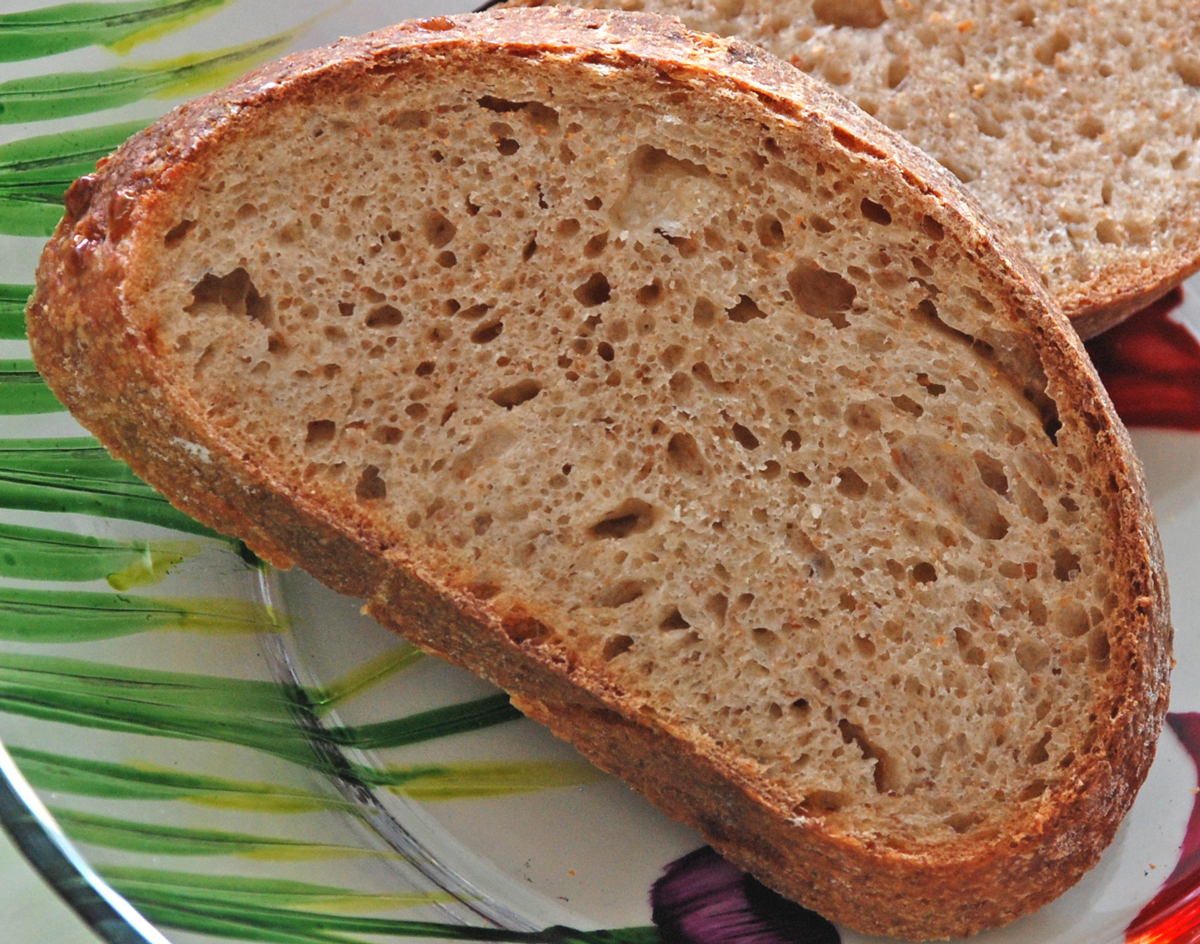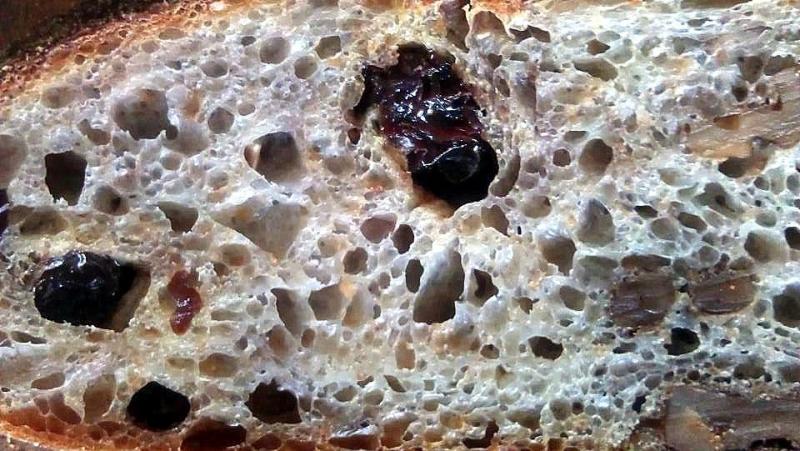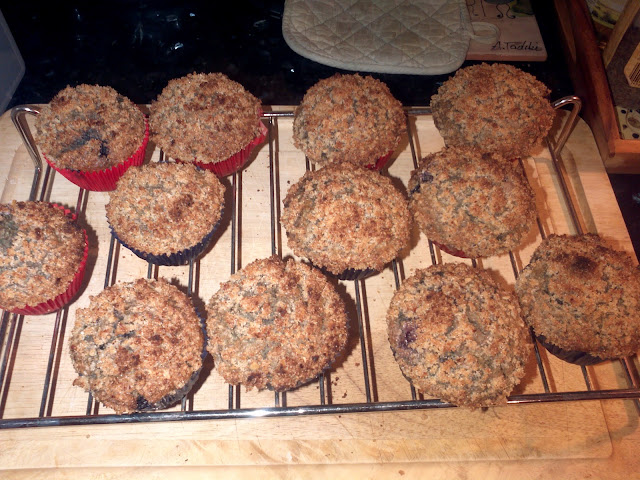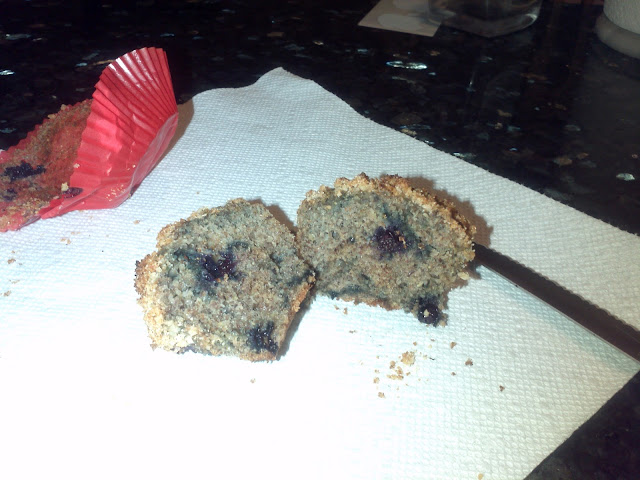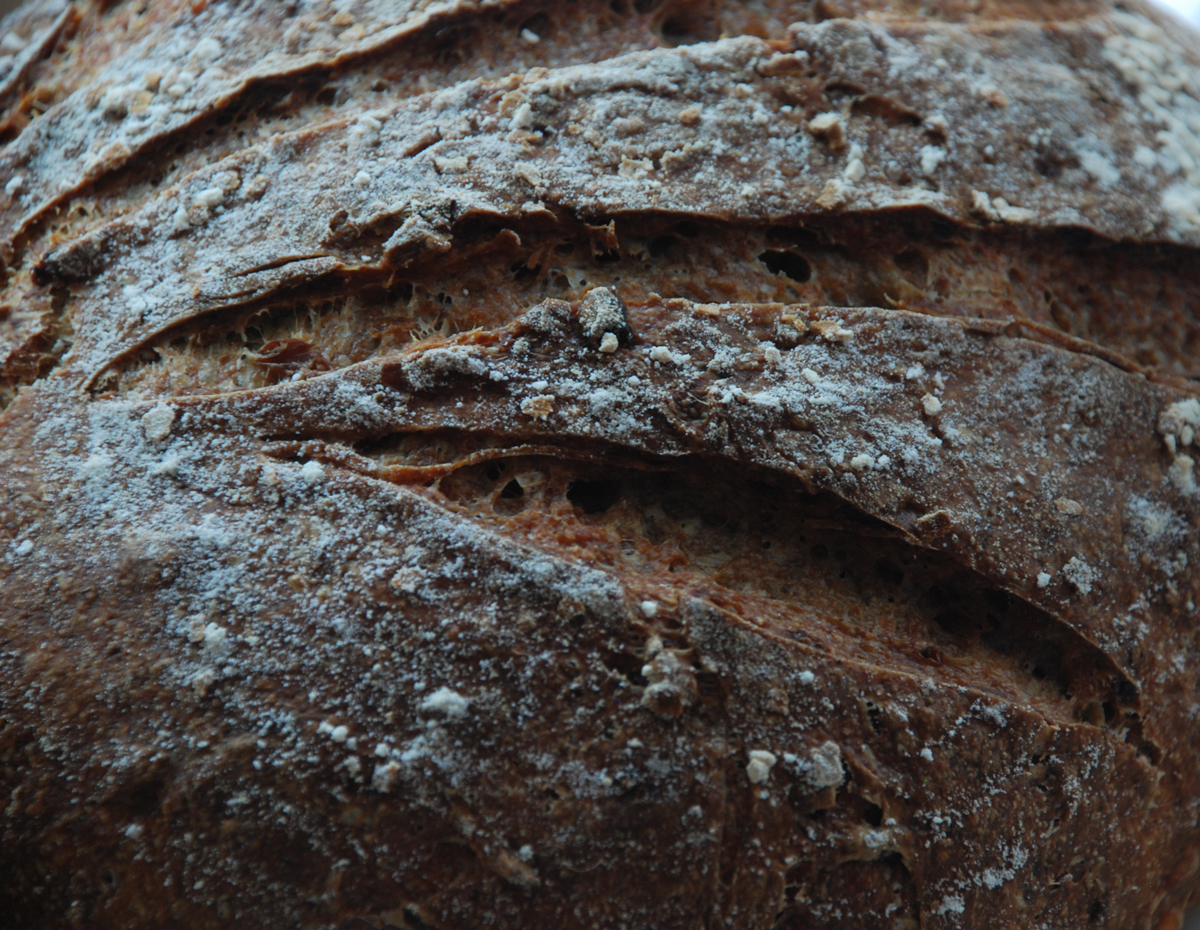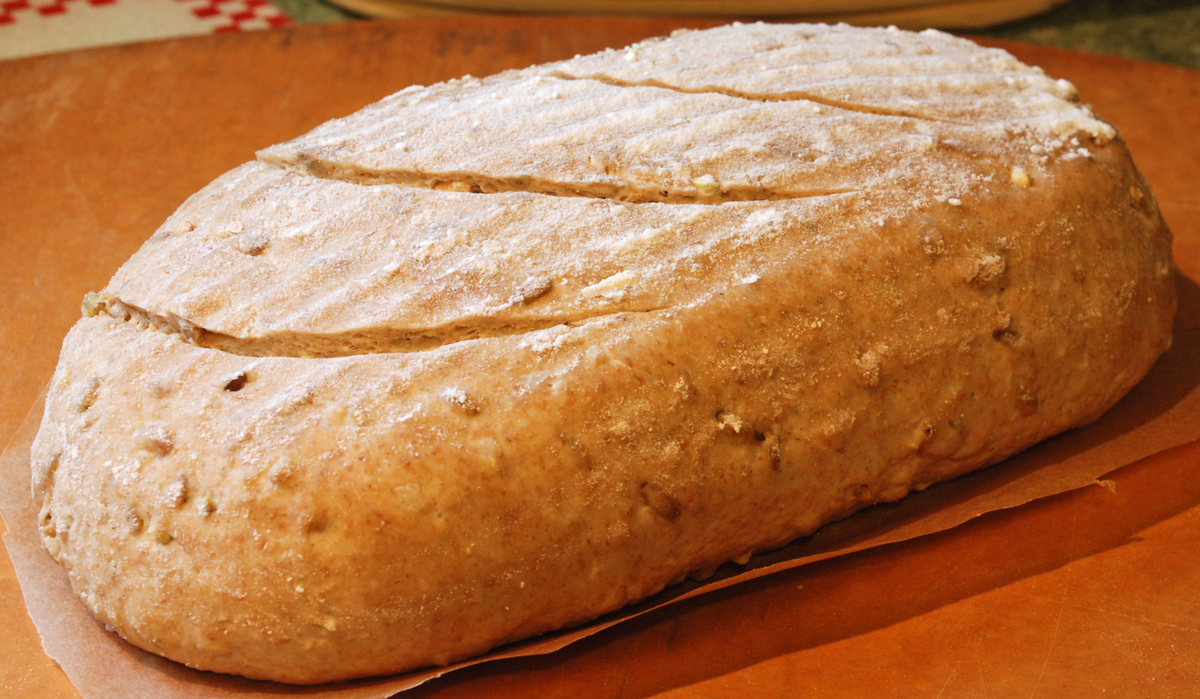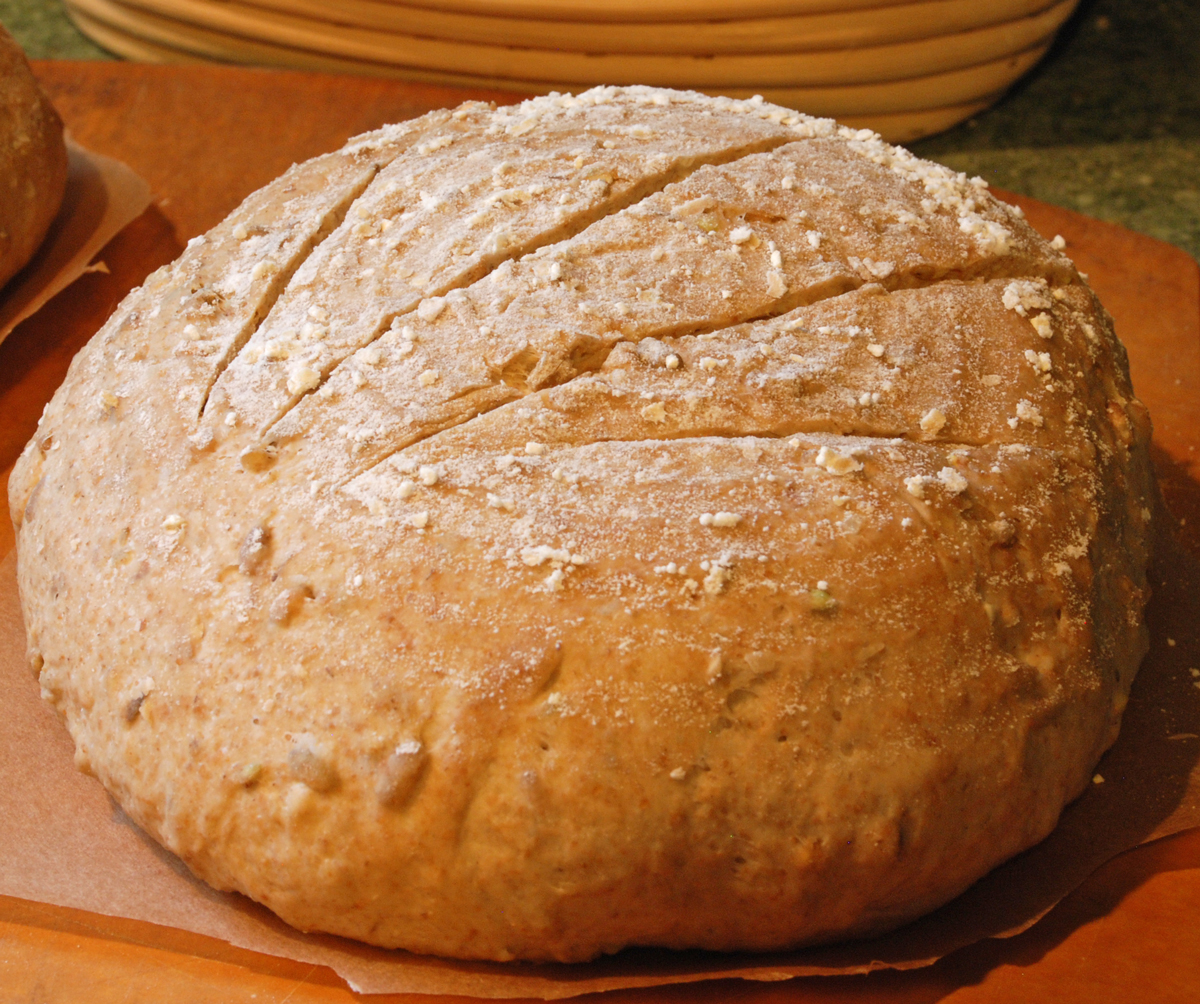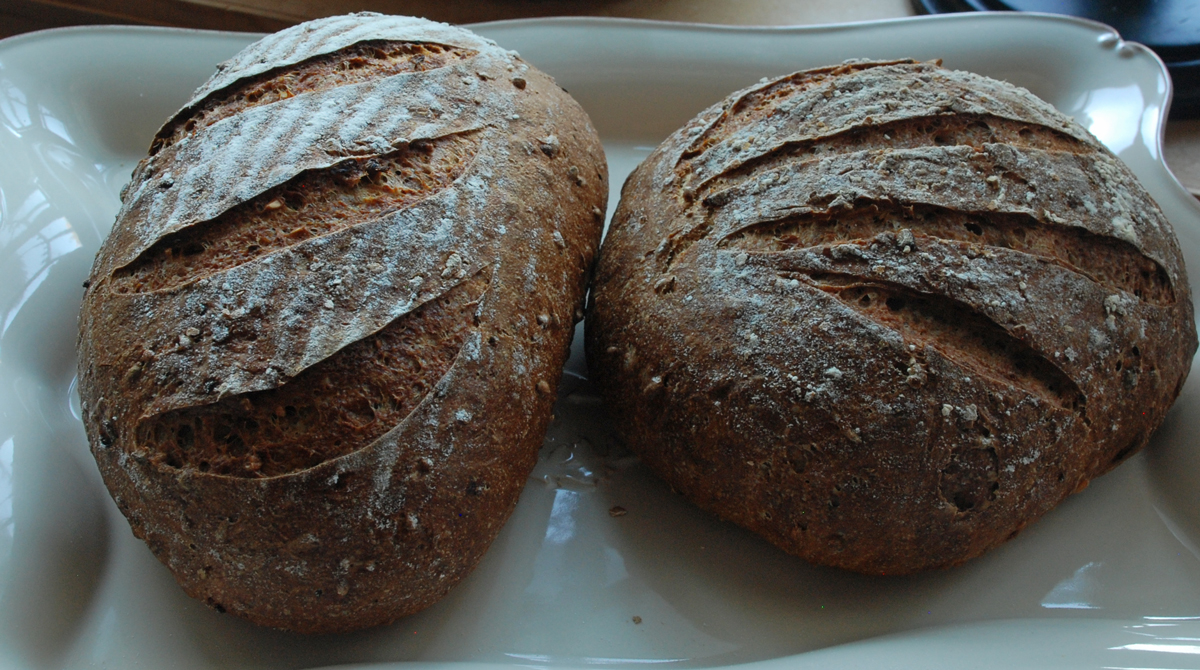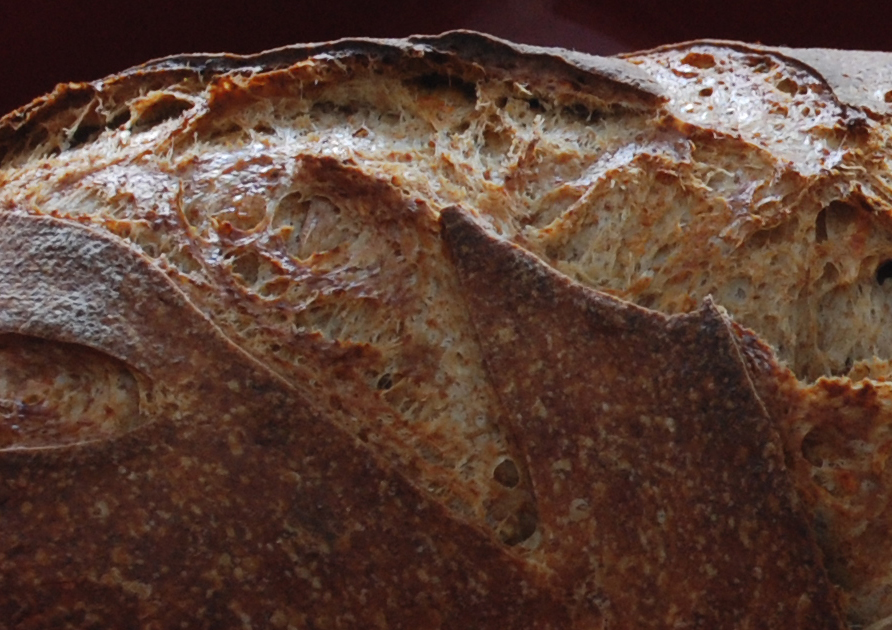 I just refreshed my Yeast Water starter earlier in the week after returning home from a long business trip. I have had great success mixing the Yeast Water starter with a traditional sourdough starter so I decided to follow a similar path. To make things interesting and because I happen to love durum breads I decided to make a 65% hydration YW starter using only durum flour and for the sourdough starter I converted some of my AP starter first to a 100% hydration starter using durum flour and sprouted whole wheat. I built both starters up in 3 stages over 2 days to make sure I had nice and lively starters. I didn't quite think through the amounts correctly so I ended up with a lot of extra starters. Not too worry as I'm making some YW Durum English Muffins tonight withe the extra starter. Feel free to adjust the amounts below if you don't want any left-over starter.
I just refreshed my Yeast Water starter earlier in the week after returning home from a long business trip. I have had great success mixing the Yeast Water starter with a traditional sourdough starter so I decided to follow a similar path. To make things interesting and because I happen to love durum breads I decided to make a 65% hydration YW starter using only durum flour and for the sourdough starter I converted some of my AP starter first to a 100% hydration starter using durum flour and sprouted whole wheat. I built both starters up in 3 stages over 2 days to make sure I had nice and lively starters. I didn't quite think through the amounts correctly so I ended up with a lot of extra starters. Not too worry as I'm making some YW Durum English Muffins tonight withe the extra starter. Feel free to adjust the amounts below if you don't want any left-over starter.
The end result was a nice open flavorful crumb with a crisp and chewy crust. You can taste the Parmesan cheese but it's a subtle flavor and does not overpower. This is a nice hearty bread to have with a nice Italian meal or a tasty sandwich.
Enjoy!
Procedure
Yeast Water Starter Build 1
60 grams Durum Flour (KAF) (note: this is not the same as Semolina Flour which is for pasta)
60 grams Yeast Water Starter
Mix the flour and Yeast Water in a bowl until thoroughly combined. Cover the bowl and let it sit at room temperature for around 6-10 hours. The starter should almost double when ready to proceed to build 2.
Build 2
Add ingredients below to starter from above and mix until incorporated. Cover with plastic wrap and let sit at room temperature for 6-10 hours.
100 grams Durum Flour
100 grams Yeast Water
Build 3
Add flour to starter from above and mix until incorporated. Cover with plastic wrap and let sit at room temperature for 4 hours or until bubbly and either use immediately or put in the refrigerator for the next day.
100 grams Durum Flour
10 grams Yeast Water
(Note: I made extra starter since I wanted to use this for another bake.)
Sourdough Starter Build 1
63 grams AP Starter
30 grams Durum Flour
33 grams Sprouted Whole Wheat Flour (You can use regular Whole Wheat)
75 grams Water
Mix the flour, starter and water in a bowl until thoroughly combined. Cover the bowl and let it sit at room temperature for around 6-8 hours. The starter should almost double when ready to proceed to build 2.
Sourdough Starter Build 2
60 grams Durum Flour
40 grams Sprouted Whole Wheat
100 grams Water
123 grams Sautéed Onions (sautéed in olive oil)
Mix the flour and water with the starter from build 1. Cover and let sit at room temperature for 6-8 hours until doubled and nice and bubbly.
Sourdough Starter Build 3
62 grams Durum Flour
40 grams Sprouted Whole Wheat
Add the flour to the starter from build 2 and let it rest covered for 6 hours until bubbly and nearly doubled.
Main Dough Ingredients
200 grams Yeast Water Durum Starter from Above
225 Sourdough Starter from Above
250 grams French Style Flour (KAF) (You can use AP Flour or Bread Flour to substitute)
150 grams Durum Flour (KAF)
100 grams Sprouted Whole Wheat Flour
70 grams Roasted Wheat Germ (this really adds a nice nutty flavor to the bread)
16 grams Seas Salt or Table Salt
51 grams Shaved or grated Parmesan Cheese
22 grams Olive Oil
425 grams Water (80-90 degrees F.)
Procedure
Build your Yeast Water levain and Sourdough starter the day before you are ready to bake.
The evening before you want to bake, mix the flours and the water. Mix on low-speed in your stand mixer or by hand for about 1 minute until the ingredients are combined. Let the dough autolyse for about 20 minutes to an hour.
Next add both levains and the oil along with the salt and mix for 3 minutes on low. After 3 minutes add the cheese and mix for about 1 minute until incorporated. The dough will come together and be slightly sticky. Place the dough in a slightly oiled bowl and do a couple of stretch and folds. Cover the bowl and let it rest for 10-15 minutes. Do another stretch and fold in the bowl and let it rest another 10-15 minutes. Do another stretch and fold and let the dough sit out in the covered bowl for another 1.5 hours. Place the dough in the refrigerator until ready to bake the next day.
When ready to bake take the dough out and leave it covered in your bowl for 1.5 to 2 hours. Next divide the dough into 2 loaves and either place in a banneton or from into batards and let them rest in floured couches for 1.5 - 2 hours.
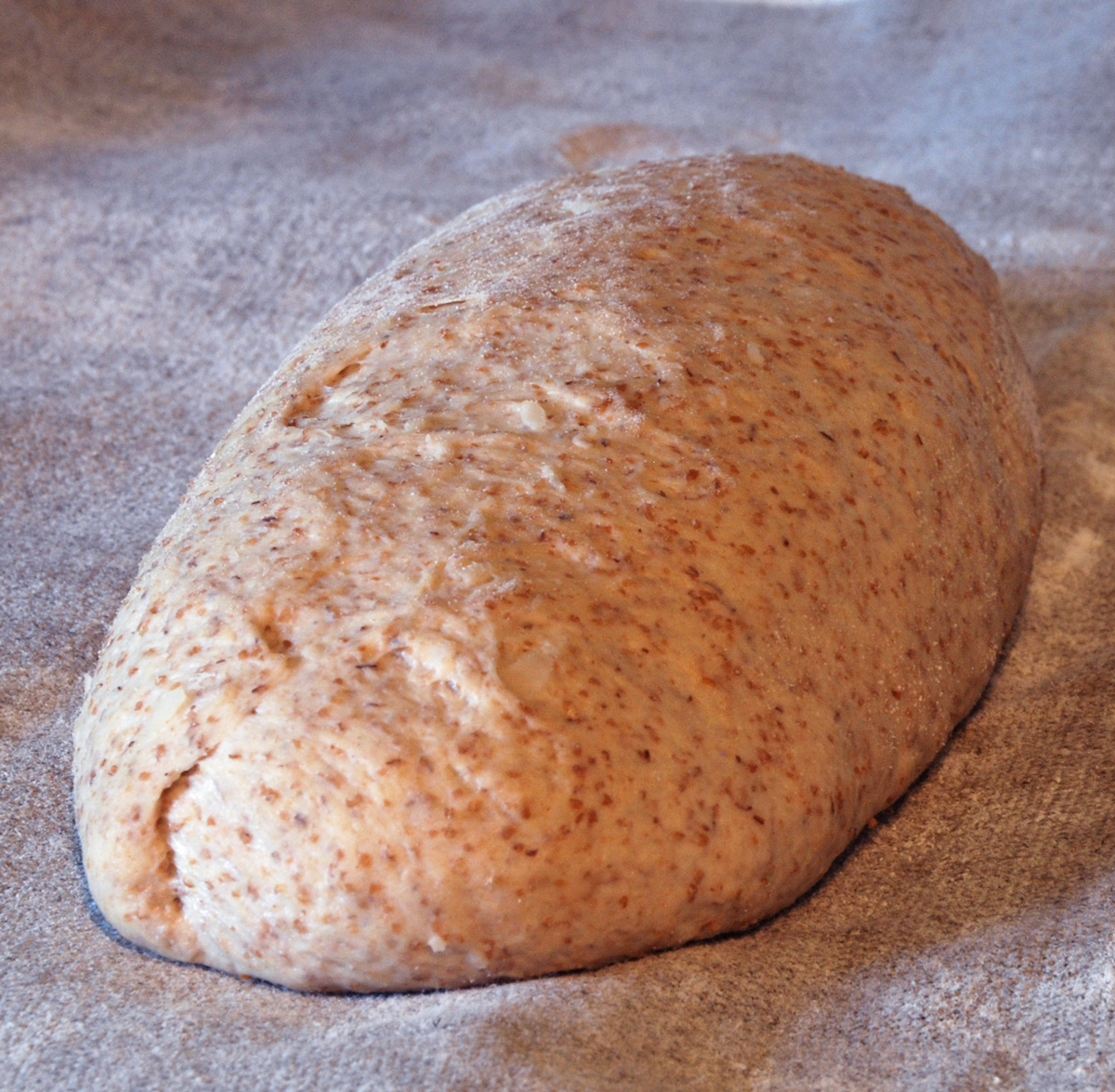
About one hour before ready to bake, set your oven for 500 degrees F.and make sure you prepare it for steam. I have a baking stone on the top shelf and the bottom and use a heavy-duty rimmed baking pan that I pour 1 cup of boiling water into right as I put the loaves into the oven.
Score the loaves as desired.

When ready to bake place the loaves into your oven on your oven stone with steam and lower the temperature immediately to 450 degrees. It should take around 30 minutes to bake until the breads are golden brown and reached an internal temperature of 200 - 205 degrees F.
Let the loaves cool down for at least 2 hours or so before eating as desired.


